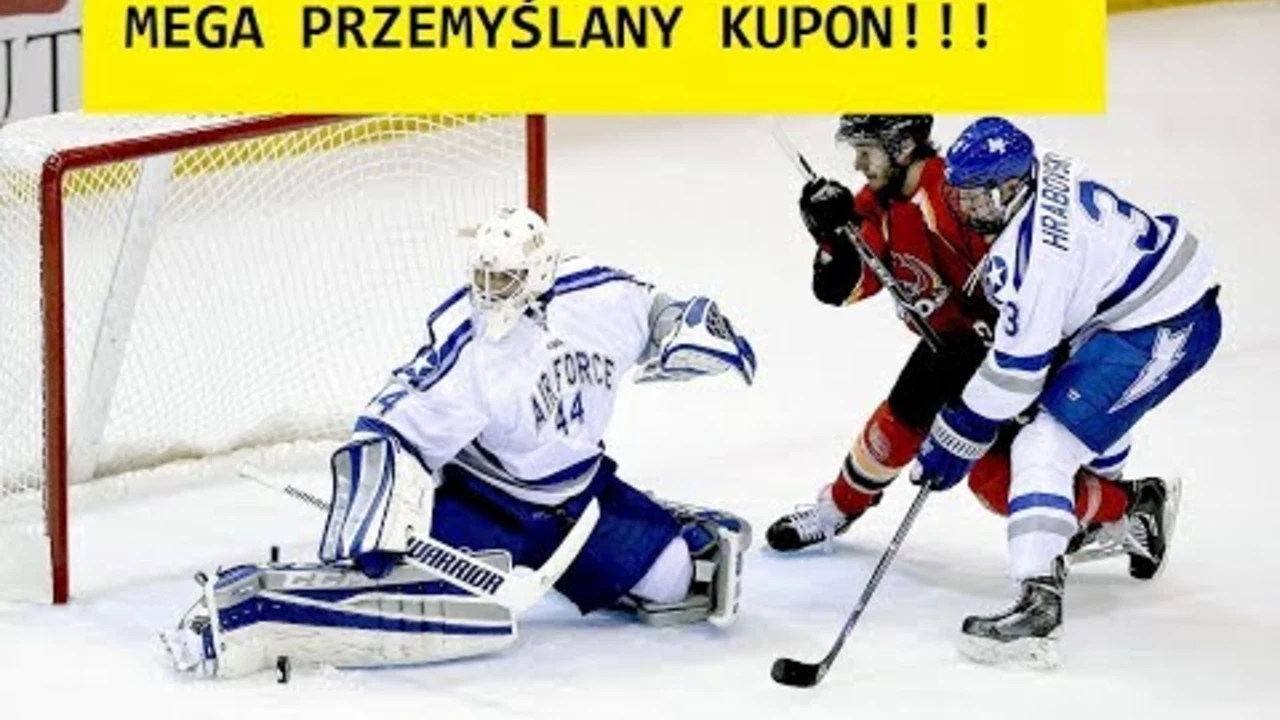Hockey Variations – Tips, Techniques and Fun Facts
When you think of hockey, the first image that comes to mind is probably an ice rink, a fast‑moving puck, and players in sleek gear. But the sport has many variations that change the way you play, watch, or even talk about it. Below we break down the most common twists on the game and give you quick, useful advice you can try right away.
Changing the Surface: Blue Pitches and More
Ever notice that some field hockey pitches are bright blue instead of green? The blue surface isn’t just for looks. It makes the yellow ball pop, helping players and fans track the action better. It also reduces glare from the sun, which can be a real distraction on a sunny day. If you’re setting up a practice field, consider a blue turf – you’ll see a clearer view of the ball and fewer mis‑calls.
Puck‑Lifting Tricks and Stick Grip
One of the coolest skills you can add to your game is lifting the puck. Hold the stick with a relaxed grip: top hand near the knob, bottom hand a few inches down the shaft. Position the puck near the back of the blade, then roll your wrists quickly while giving an upward flick. The motion is like a tiny catapult, and with a bit of practice you’ll be sending the puck over defenders’ sticks in no time.
The correct stick hold also matters for power and accuracy. Keep your elbows close to your body and your hands spaced comfortably – not too wide, not too tight. This stance gives you control for both strong shots and precise passes.
Game Timing: Why Night Games Rule
Most professional leagues schedule games at night. The reason isn’t just to look dramatic under the lights; it’s about audience. Evening slots mean more fans are free from work, boosting TV ratings and stadium attendance. If you’re planning a local match, try a later start time – you’ll likely get a bigger crowd and a louder atmosphere.
Power vs. Accuracy – Finding the Balance
Every player wonders whether to focus on raw power or pinpoint accuracy. The truth is you need both. A powerful shot that never hits the net is useless, while a perfectly placed gentle tap can win a game. Work on drills that combine speed with target practice – for example, shoot at specific zones in the goal while increasing stick speed. Over time you’ll discover the sweet spot where force meets finesse.
Off‑Ice Roles and Behind‑The‑Scenes Work
Games run smoothly because of off‑ice officials. They keep the clock, manage penalties, record scores, and communicate with referees. Understanding their duties helps players respect the flow of the match and avoid unnecessary disputes. If you’re new to the sport, watch how these officials interact – you’ll pick up cues that improve your own game awareness.
Whether you’re a beginner learning how to lift the puck, a regular wondering why the pitch is blue, or a fan curious about night game schedules, these variations add depth to hockey. Try a new technique this week, visit a blue‑turf field, or catch a game after dark. You’ll see the sport from fresh angles and probably enjoy it even more.
